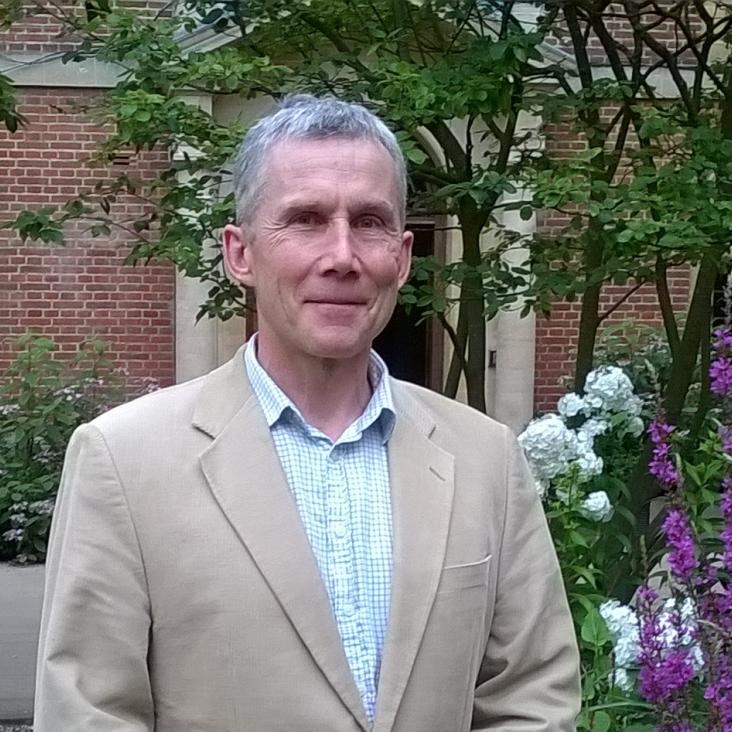Design of a millimetre-scale magnetic surface trap for cold atoms
(2013)
Co-trapping different species in ion traps using multiple radio-frequencies
(2013)
Precise shaping of laser light by an acousto-optic deflector.
Optics Express Optica Publishing Group 21:21 (2013) 24837-24846


